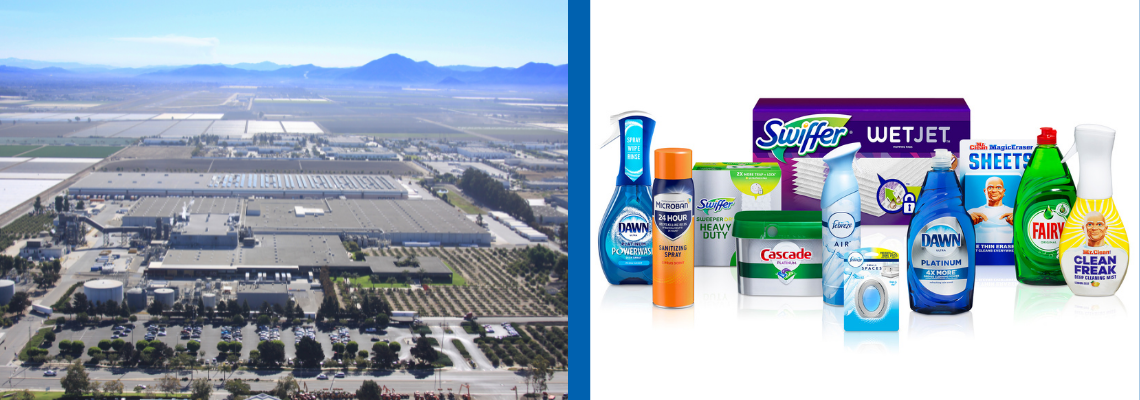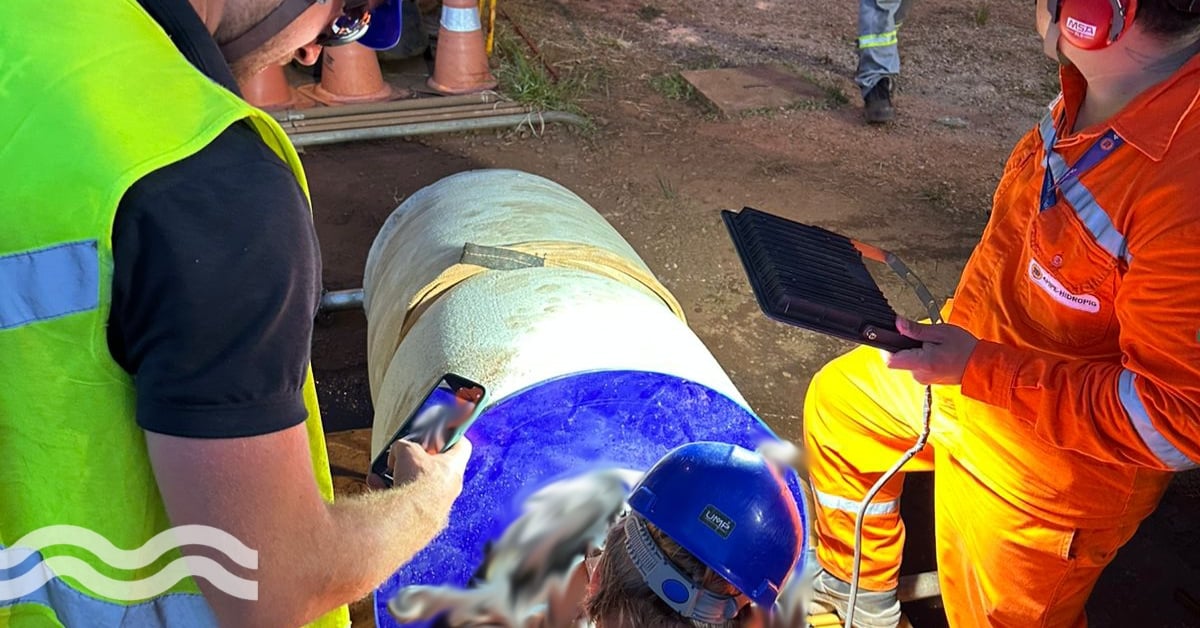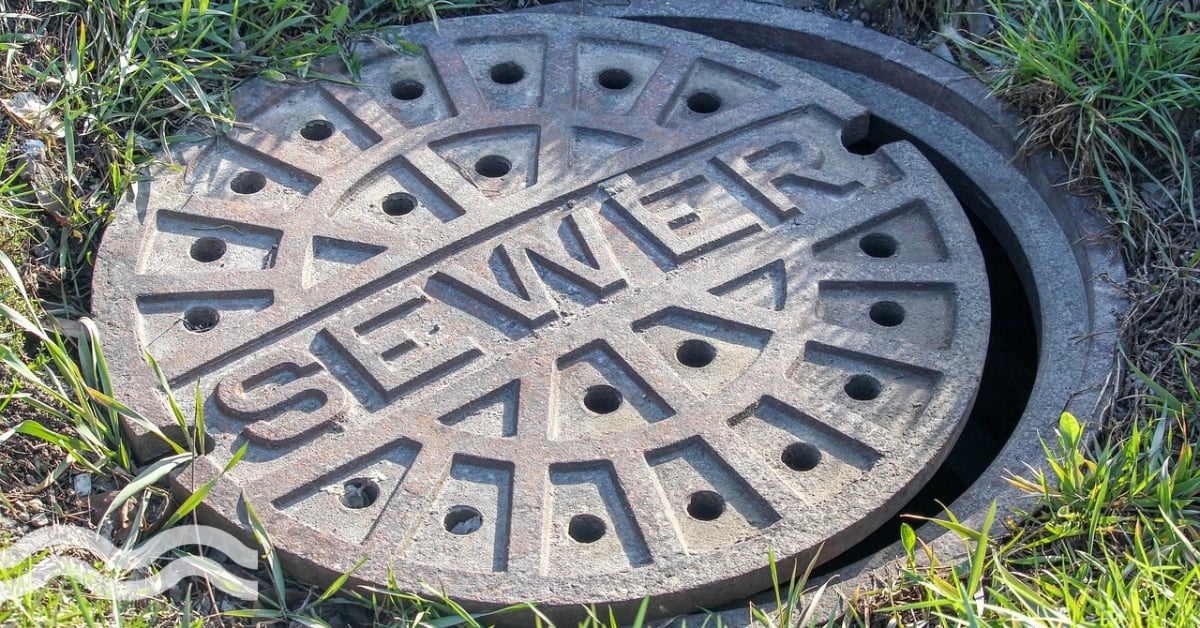Restore, Respond, Reduce - P&G’s 2030 water stewardship plan
Multinational P&G has revealed how it intends to be water positive at 18 of its manufacturing sites by 2030. Aquatech Online looks at the new strategy.
Restore. Respond. Reduce. Provide.
Multinational Procter & Gamble (P&G) has unveiled its strategy toward a water positive future.
In its whitepaper, P&G gave an update on its current water stewardship goals and how it plans to reach its 2030 target.
P&G's water stewardship strategy is broken down into four key areas:
- Restoring water for people and nature in water-stressed areas around the world
- Responding to water challenges through innovation and partnerships
- Reducing water is its operations
Providing clean drinking water to children and families in need.
“Creating a ripple effect toward a water-positive future requires widespread solutions – from manufacturing and product innovations that improve consumers’ lives in a sustainable way to restoring water for nature, wildlife, and communities," said Virginie Helias, chief sustainability officer at P&G.
In the past three years, P&G has, under its restore pillar, supported the Colorado River Indian Tribes System Conservation Project, while also announcing support for restoration projects in the Sacramento River Basin, in California, and the Bear River Basin, in Utah and Idaho.
By 2030 the organisation is aiming to restore more water than it consumes at 18 of its manufacturing sites in water-stressed areas around the globe.
“Creating a ripple effect toward a water-positive future requires widespread solutions.”
The whitepaper revealed that in 2021, P&G facilities reduced water use by 25 per cent per unit of production while reusing 3.1 billion litres of recycled water. The company plans to increase its water reuse to five billion litres annually by 2030.
P&G is behind the 50L Home Coalition that aims to help 50 litres “feel like 500” and plans to introduce city pilots in the coming years.
Taking a look in the mirror
One area that P&G is examining further is water use during operations. By screening all of its sites on four key criteria, the company is addressing its largest water-dependent facilities.
At one of its sites in Mexico, a campaign was launched to increase awareness, repair leaks and install water-saving showers and toilets. Overall, the site reduced its water demand by 1.2 million litres in 2021.
Meanwhile, a site in Utah is reusing cleaning water in another system as feed water, saving more than 150 million litres per year.
Similarly in Brazil, one plant needed to reduce its reliance on freshwater and installed equipment to treat and reuse manufacturing process water effluent. In 2021, the plant recycled more than 34 million litres of water, the equivalent annual water usage of 860 Brazilian households.
Are corporate water targets too ambitious?
As well as being the deadline for the Sustainable Development Goals (SDGs), 2030 continues to be a key target for multinationals.
Food & beverage giant PepsiCo recently set out to be "Net Water Positive" by 2030, again joining this growing club, where David Grant sustainability director for global water stewardship at PepsiCo said the company is investing significant money in membrane bioreactors (MBR).
Other notable 2030 ambitions include:
- Intel plans to be water positive by 2030
- Microsoft plan to become water positive by 2030 by replenishing more water than it consumes globally
- Nestlé Waters says it will invest $130 million by 2030 into over 100 projects to restore local water cycles to become water positive.
- L’Oréal has said it would recycle and reuse 100 per cent of the water used in its industrial processes by 2030.
Related content
- Making 50 litres of water feel like 500 litres
- Intel reveals update over 2030 water positive ambitions
- Water recycling key to PepsiCo's 2030 ambitions - David Grant
Loading component...
We promise never to send you spam and you can unsubscribe at any time!



